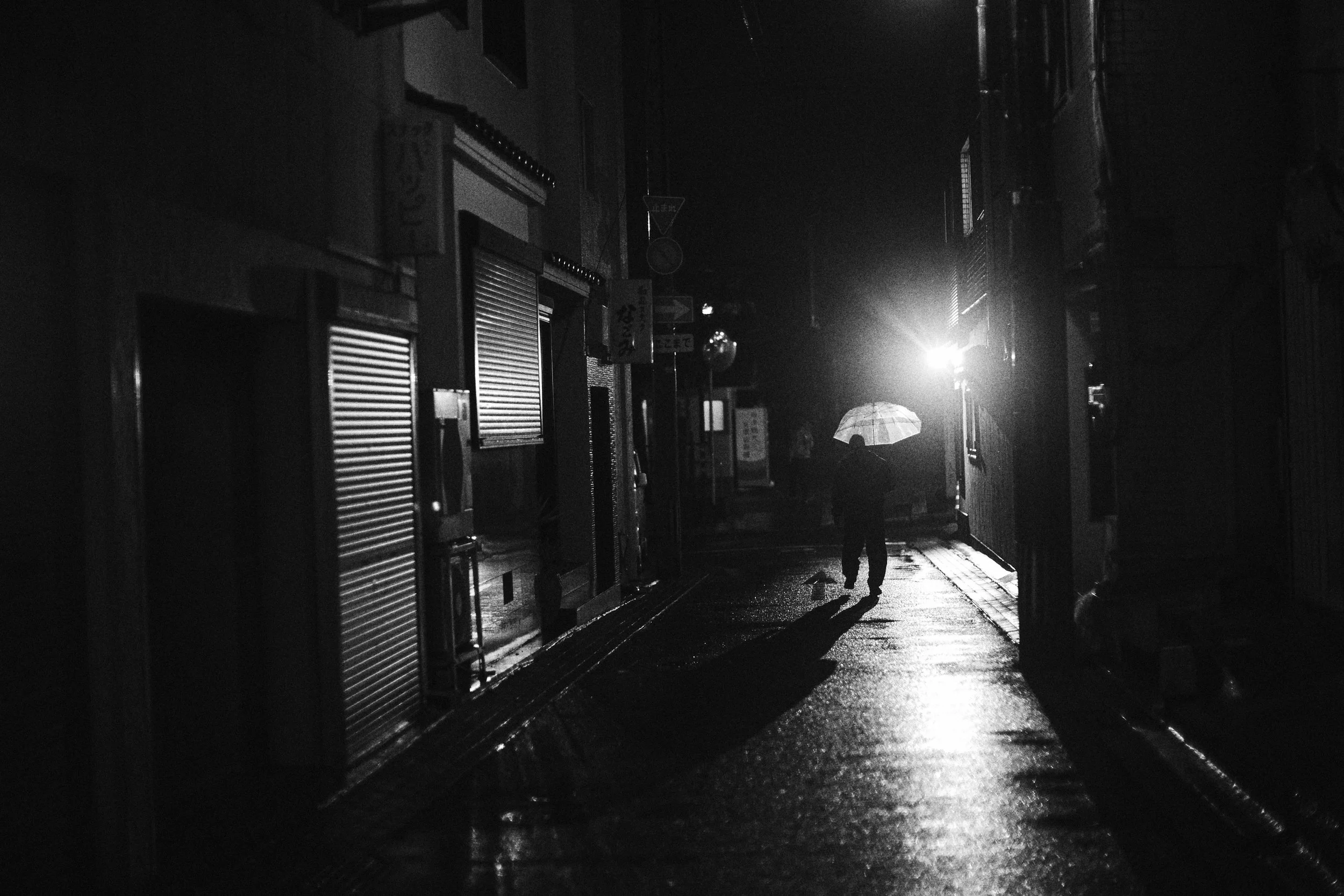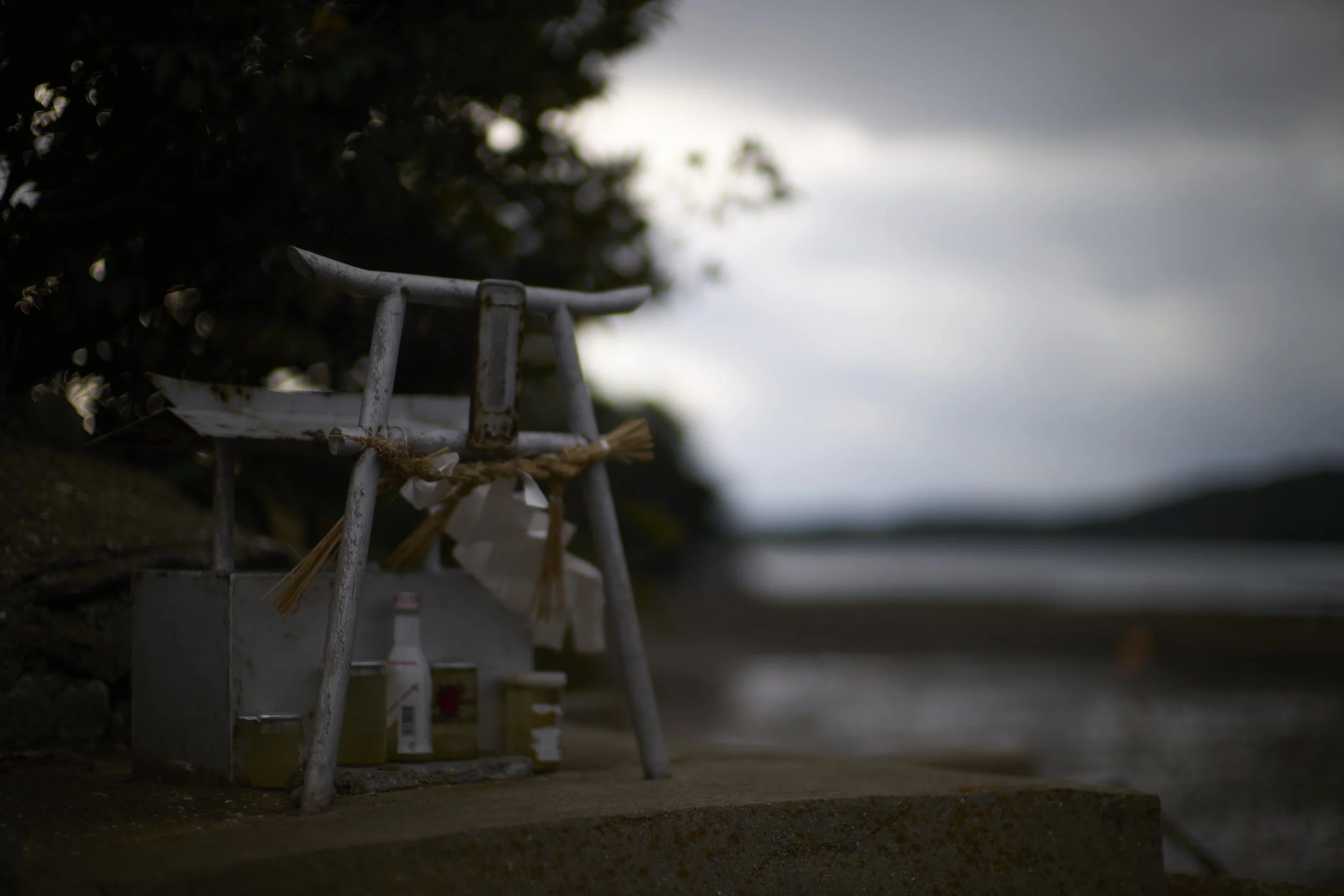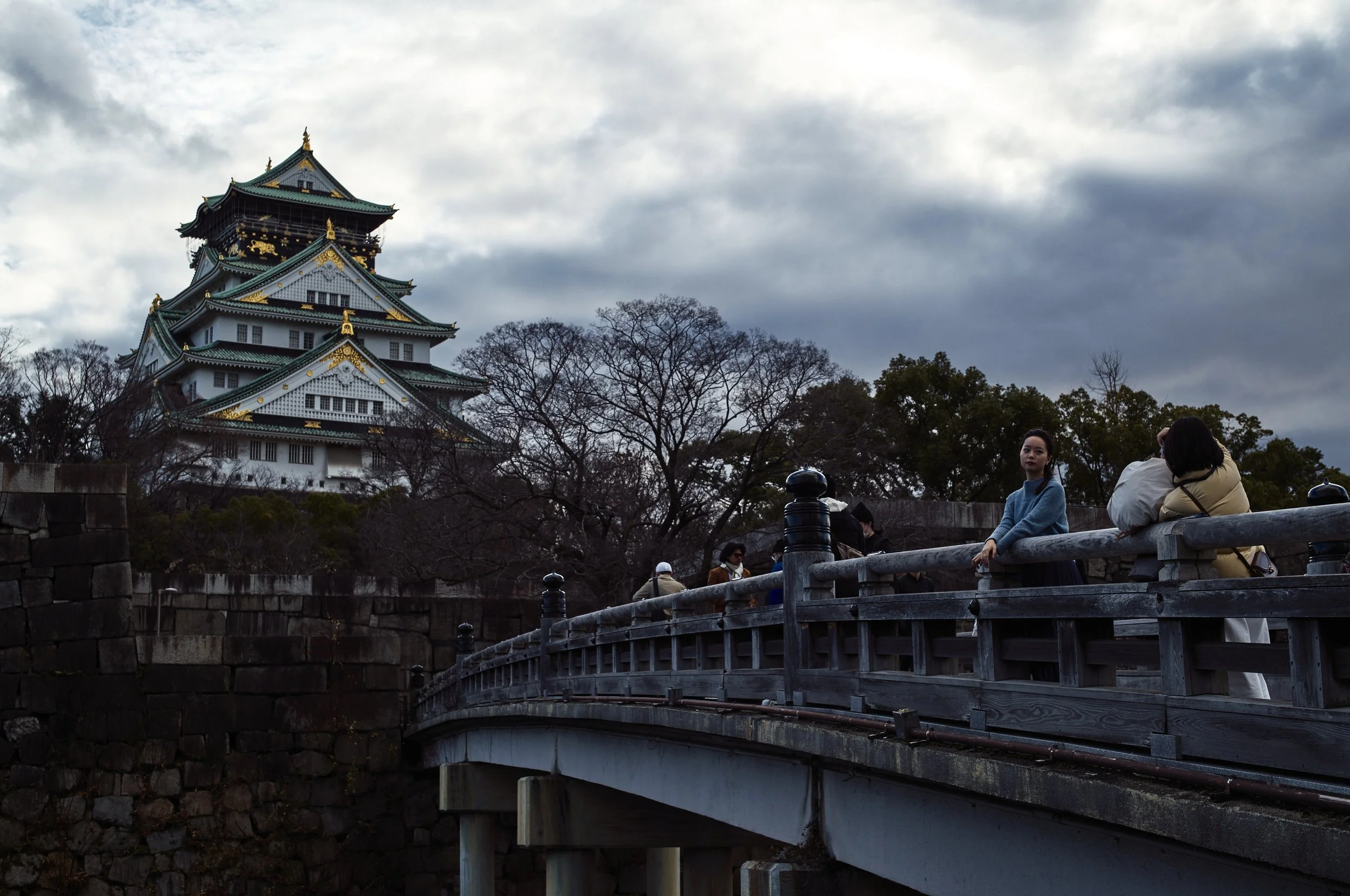THE ART OF SHADOWS
Trying to explain art is like trying to catch wind in a box; the moment you close the lid it ceases to be wind and in time becomes stagnant air.






A Man stands in his own shadow and wonders why it is dark.
Shadows in photography are not merely the absence of light; they are an essential element that adds depth, mystery, and emotional resonance to an image. When carefully manipulated, shadows can shape a scene, transforming the ordinary into the extraordinary. They carve out contours and define textures, creating contrast and dimension where light alone would fall flat. Shadows also introduce a sense of intrigue, drawing the viewer's eye and encouraging exploration of the unseen. They play with time and space, suggesting fleeting moments, hidden narratives, or unspoken emotions. Whether a delicate silhouette, an elongated stretch across a wall, or the darkened corners of a frame, shadows imbue the image with mood, enhancing its storytelling potential. Through the interplay of light and dark, shadows have the power to evoke a sense of tension, tranquility, or ambiguity.